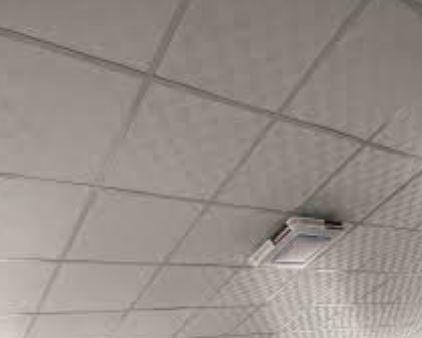Exploring the Benefits of Green Building Materials

Introduction to Green Building Materials
Green building materials are designed to be environmentally friendly, offering sustainability and reducing the ecological footprint of construction projects.
Why Choose Green Building Materials?
Selecting green materials contributes to energy efficiency, reduces waste, and minimizes the environmental impact of your building. Sustainability is key.
Types of Green Building Materials
Common green building materials include bamboo, recycled steel, low-VOC paints, and reclaimed wood. Each offers unique benefits for sustainable construction.
Advantages of Using Green Materials
Green materials often provide superior insulation, durability, and reduced maintenance needs, leading to long-term cost savings and a healthier environment.
Energy Efficiency and Green Materials
Energy-efficient materials help reduce heating and cooling costs. They contribute to lower energy consumption, enhancing the overall sustainability of buildings.
Impact on Indoor Air Quality
Green materials improve indoor air quality by reducing harmful emissions. They create healthier living spaces by minimizing pollutants and toxins.
Cost Considerations and Savings
While green materials might have a higher initial cost, they often lead to savings through energy efficiency and reduced maintenance over time.
Certifications for Green Building Materials
Look for certifications such as LEED, GreenGuard, or FSC to ensure materials meet environmental and performance standards, providing credibility and assurance.
Why Green Building Materials Matter
These materials reduce waste, conserve resources, and improve energy efficiency, making them crucial for sustainable development and environmentally responsible construction.
Types of Green Building Materials
Popular options include recycled materials, bamboo, reclaimed wood, and low-VOC paints, each contributing to a greener, more sustainable building process.
Benefits of Green Building Materials
Green materials offer improved insulation, lower energy bills, and enhanced durability. They also contribute to healthier indoor air quality and living conditions.
Energy Efficiency and Green Materials
Using energy-efficient materials helps reduce heating and cooling costs, leading to lower energy consumption and a smaller carbon footprint for buildings.
Indoor Air Quality and Health
Green materials reduce indoor air pollutants and toxins, leading to improved health and comfort for occupants by maintaining cleaner and safer environments.
Cost Implications and Long-Term Savings
Although initial costs may be higher, green materials often lead to significant long-term savings through energy efficiency and reduced maintenance requirements.
Certifications for Green Building Materials
Certifications such as LEED and GreenGuard ensure that materials meet stringent environmental and performance standards, providing reassurance of their green credentials.
Emerging Trends in Green Building Materials
Innovations in green materials continue to evolve, including advanced sustainable options and technologies that further enhance building performance and environmental benefits.
The Future of Green Building Materials
Innovations in green materials continue to evolve, offering new solutions for sustainable construction and contributing to a more eco-friendly future.
Conclusion: Embracing Green Building Materials
Embracing green building materials supports sustainability, enhances energy efficiency, and improves indoor air quality. Making informed choices benefits both the environment and occupants.
- Questions and Answers
- Opinion
- Motivational and Inspiring Story
- Technology
- Live and Let live
- Focus
- Geopolitics
- Military-Arms/Equipment
- Security
- Economy
- Beasts of Nations
- Machine Tools-The “Mother Industry”
- Art
- Causes
- Crafts
- Dance
- Drinks
- Film/Movie
- Fitness
- Food
- Games
- Gardening
- Health
- Home
- Literature
- Music
- Networking
- Other
- Party
- Religion
- Shopping
- Sports
- Theater
- Health and Wellness
- News
- Culture

